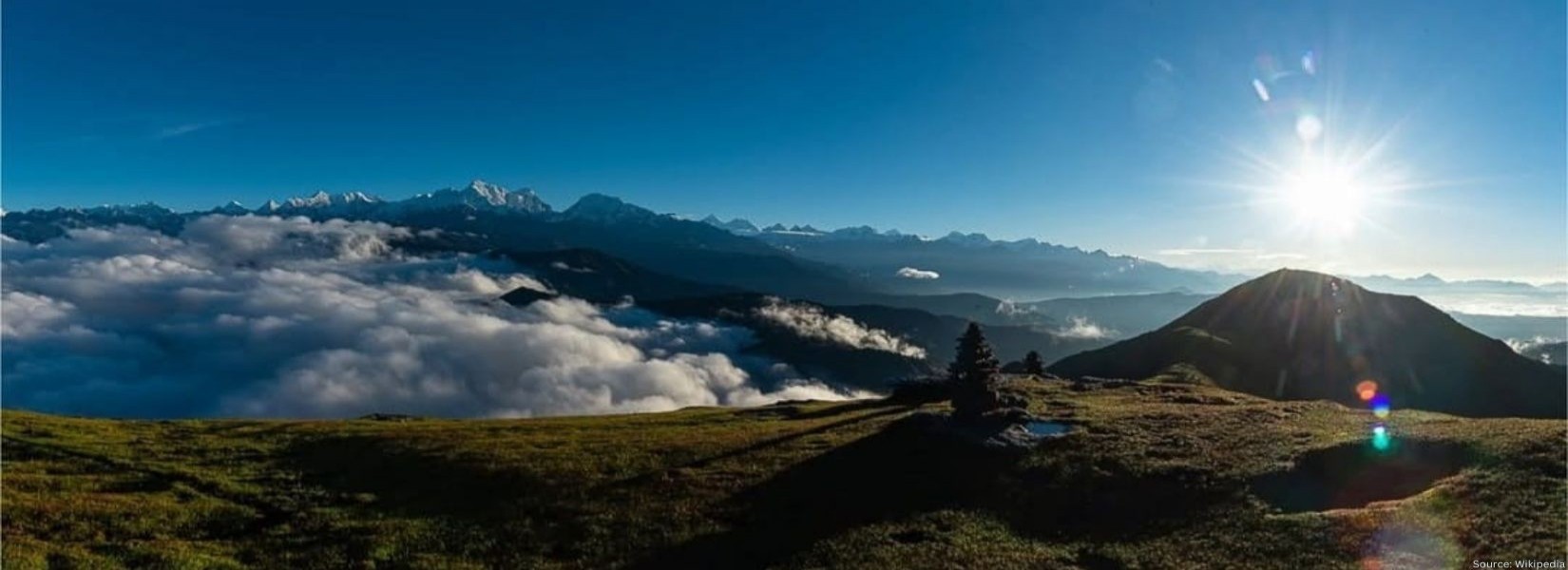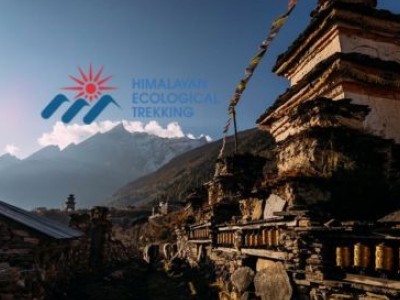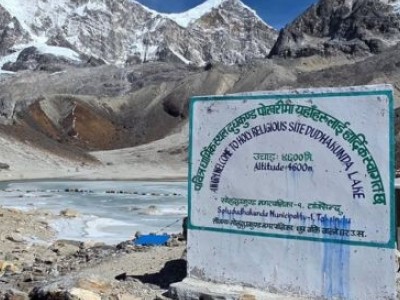The Pikey Peak Trek in summer offers a unique Himalayan adventure, blending vibrant green landscapes, blooming wildflowers, and mystical views of Mount Everest. Unlike the dry seasons, trekking Pikey Peak during the monsoon brings life to the trails with fresh mountain air, fewer crowds, and a refreshing ambiance. This off-the-beaten-path route in the lower Everest region is ideal for nature lovers seeking solitude and scenic beauty. While rainfall is expected, early mornings often reward trekkers with crystal-clear panoramic views of the Everest, Kanchenjunga, and Annapurna ranges. Local Sherpa villages come alive with rich cultural traditions during this season, adding depth to the trekking experience. With proper gear and guidance, the monsoon trek to Pikey Peak can be both safe and memorable. Whether you’re chasing serene landscapes or exploring hidden Himalayan gems, the Pikey Peak Trek in Summer promises a peaceful and immersive journey through Nepal’s enchanting mid-hills.
Table of Contents
Why Trek Pikey Peak in Summer/Monsoon?

The Pikey Peak Trek during the summer and monsoon seasons is an underappreciated yet magnificent excursion in Nepal. While most trekkers flock to the Everest and Annapurna regions in spring or autumn, summer offers an untouched, serene experience for nature lovers. This season, often avoided due to rainfall, reveals a lush and lively landscape that few get to witness. The forests and hills turn vibrant green, wildflowers bloom in abundance, and waterfalls flow powerfully along the trail. With fewer people, the paths feel more intimate and tranquil. This solitude enhances your connection with nature and the local communities. It's also a great time to support local tourism when teahouse owners receive fewer guests. If you enjoy quiet trails, dramatic landscapes, and meaningful cultural interactions, trekking Pikey Peak in the summer/monsoon is an enriching experience.
What Makes Pikey Peak Unique During the Rainy Season?
Pikey Peak stands out as an ideal monsoon trek due to its moderate elevation (4,065m) and accessible route through the lower Everest region. Unlike high-altitude treks that often become risky or inaccessible during heavy rain, Pikey Peak remains relatively safe and welcoming. The rain is usually light and occurs in the afternoons or evenings, allowing clear mornings ideal for hiking and photography. On clear days, the peak provides spectacular panoramic views of Mount Everest, Lhotse, Makalu, Kanchenjunga, and even Annapurna. During the rainy season, the landscape takes on a dreamlike quality with clouds weaving through forests and hills. The mist creates a mystical atmosphere that adds emotional depth to the trek. This unique interplay of clouds, light, and greenery gives Pikey Peak a special charm that is rarely found in other seasons.
Pikey Peak Trek Highlights in Summer/Monsoon
- Pikey Peak offers Jaw drubbing sunrise views of the Himalayas, which include Mount Everest.
- Verdant hillsides blanketed with blooming wildflowers and thick forest canopies
- Off-the-beaten-path experience with fewer trekkers, providing peace and solitude
- Immersion in culture in Sherpa villages such as Phaplu, Junbesi, and Jhapre
- Customary hospitality in teahouses and lodges run by the community
- Opportunity to witness local festivals and agricultural activities
- Less crowded monasteries, where monks may be open to sharing stories and rituals
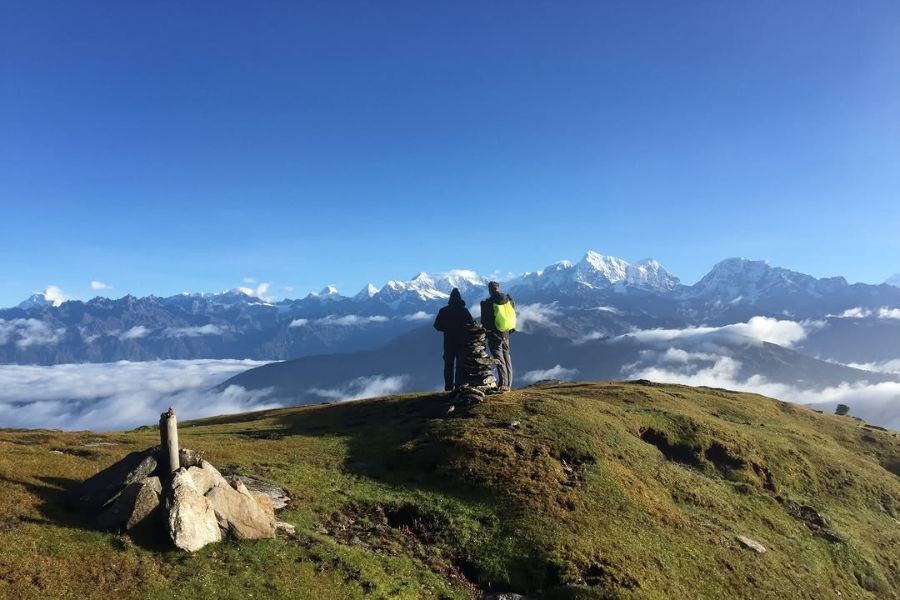
Weather Conditions: What to Expect while trekking
The summer/monsoon season in Nepal lasts from June to August. During this period, daytime temperatures in the lower Everest region normally vary between 10 and 20 degrees Celsius. While the afternoons and evenings often bring rainfall, mornings are generally clearer and suitable for trekking. The skies can change rapidly—from sunny and bright to misty and overcast within minutes. In areas that are forested, trails may get muddy and slick. In some areas, minor landslides or trail blockages may occur, so it’s important to be cautious and flexible with your itinerary. Leeches are common in lower elevation forests but are manageable with proper clothing. Despite the damp conditions, the lush greenery, fresh mountain air, and dramatic skies offer a spectacular visual experience throughout the trek.
Is Monsoon Trekking Safe? Challenges & How to Prepare
Trekking during the monsoon presents some logistical and environmental challenges, but it can be done safely with the right preparation. The primary issues are decreased vision, leeches, slick paths, and possible landslides. However, the Pikey Peak trail is relatively safe compared to high-altitude routes and has well-established paths. Hiring a licensed guide with local knowledge is highly recommended—they can adapt the route if needed and ensure safety throughout the journey. Proper waterproof gear, good-quality boots, and trekking poles significantly reduce the risk of slipping. Begin trekking early in the morning to maximize dry hours. Avoid shortcut trails, stay updated on local weather reports, and always communicate your plans to your guide or lodge. Monsoon trekking rewards those who are prepared—offering solitude, beauty, and unique cultural exchanges along the way.
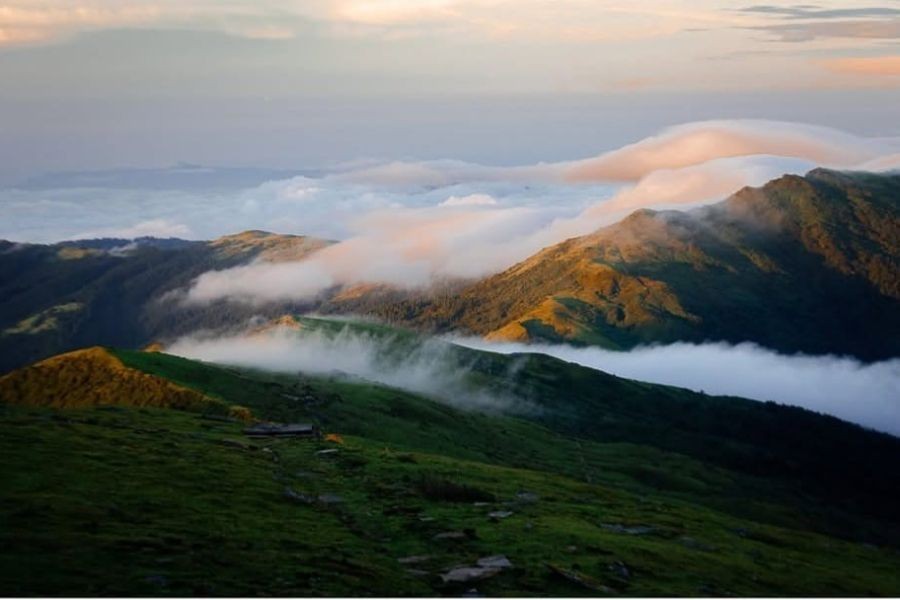
Essential Packing List for Monsoon Trekkers
Packing the right gear is crucial for comfort and safety during the Pikey Peak trek in summer/monsoon. Here’s what you should carry:
- Waterproof and breathable rain jacket and rain pants
- Waterproof trekking boots with high ankle support and solid grip
- Quick-dry clothing layers: base layers, T-shirts, and trousers
- Several pairs of moisture-wicking socks
- Anti-leech socks or gaiters for forested areas
- Lightweight backpack with a rain cover
- Trekking poles to help you stay balanced on slick paths
- Insect repellant, particularly for mosquitoes and leeches
- Water purification tablets or filter bottle
- First aid kit, including antifungal powder and blister care
- Battery backup and headlamp with extra batteries
- Plastic zip-lock bags to keep electronics and important documents dry
Flora, Fauna, and Scenic Beauty: Nature at Its Best
Monsoon transforms the Pikey Peak region into a haven of biodiversity. Forest trails burst with life—giant ferns, moss-covered stones, and flowering rhododendrons paint the landscape in rich colors. The hills are covered in dense pine, oak, and bamboo forests that smell of earth and rain. Birdwatchers will delight in sightings of Himalayan monals, cuckoos, and sunbirds. Butterflies flit through the mist, and you may encounter squirrels, yaks, and even barking deer. Throughout the voyage, you may hear the sound of running water as streams and waterfalls run with renewed vigor. The ever-changing skies—from misty mornings to golden sunsets—offer photographers and nature lovers a sensory feast. Monsoon brings a softness to the scenery that makes every viewpoint feel new and alive.
Cultural Encounters: Sherpa Villages & Local Festivals
One of the highlights of the Pikey Peak Trek in monsoon is the rich cultural interaction with local Sherpa communities. Villages like Jhapre, Lamjura, and Junbesi are still very traditional, offering a glimpse into Himalayan life untouched by heavy tourism. In summer, these villages are buzzing with agricultural activity. Farmers tend to their fields, children play along the trails, and monasteries hold prayer rituals. You might also witness seasonal festivals like Yartung, celebrated with horse racing, local dances, and communal feasts. Staying in teahouses gives you the chance to engage with local families, learn about Buddhist customs, and even participate in simple village life. These moments create memories that are just as impactful as the mountain views.
Photography Tips: Capturing Misty Landscapes
The Pikey Peak region during monsoon is a dream for photographers, thanks to its moody skies, rich greenery, and cloud-draped mountains. To get the most from your photography:
- Shoot early in the morning when the light is soft and visibility is better
- Use a polarizing filter to reduce glare and enhance sky contrast
- Use a waterproof pouch or dry bag to keep your camera safe.
- Experiment with reflections in puddles and streams
- Include prayer flags, stupas, and locals for cultural context
- Use a tripod for long exposure shots of waterfalls and flowing streams
- Be patient—the monsoon weather changes quickly, offering fleeting but breathtaking photo ops
Accommodation & Food: What’s Available in the Monsoon

Despite being off-season, most teahouses along the Pikey Peak route remain open during the monsoon. Accommodations are basic but comfortable, with wooden beds, clean sheets, and shared toilets. Lodges often have communal dining areas where trekkers and locals gather around warm stoves. Meals typically include Nepali dal bhat, thukpa (noodle soup), momos, and fried rice, all cooked fresh with locally grown ingredients. Vegetables are often straight from the garden, and tea is brewed with mountain herbs. While electricity might be intermittent, most teahouses provide charging facilities for a small fee. Hot water for showers may be available upon request. Hospitality in the hills is genuine and warm, which adds a comforting touch to the damp and chilly weather.
Pro Tips for a Successful Monsoon Trek
- Start early each morning to make the most of dry, clear hours
- Listen to your guide’s advice regarding trail conditions and rest stops
- Keep electronics in dry bags, and back up photos daily
- Stay hydrated, as humidity and rain can deplete energy quickly
- Carry local cash, as ATMs are not available on the trail
- Be flexible with your itinerary, allowing extra time for weather delays
- Respect local customs, greet villagers with "Namaste," and ask before taking photos
- Follow Leave No Trace practices—carry your waste and avoid disturbing wildlife
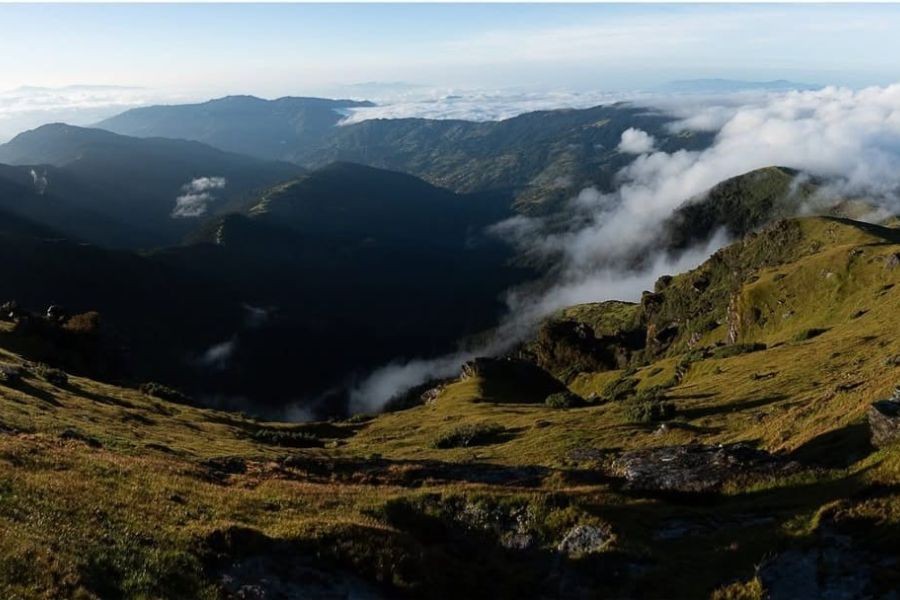
Conclusion: Is the Pikey Peak Trek Worth It in Summer/Monsoon?
Absolutely. The Pikey Peak Trek in summer/monsoon is more than just a trek—it’s a journey into a lush, living Himalayan landscape that few get to see. From quiet trails and blooming flora to authentic Sherpa culture and stunning, ever-shifting skies, the monsoon adds a layer of depth and soul to the experience. Though it requires preparation and flexibility, the rewards far outweigh the challenges. If you're seeking a peaceful, scenic, and culturally rich adventure, the Pikey Peak monsoon trek is a hidden gem waiting to be explored.
Frequently Asked Questions (FAQ)
Is it possible to trek Pikey Peak in July or August?
Yes, it’s definitely possible with proper gear, an experienced guide, and flexible planning.
Will I see Mount Everest during the monsoon?
Yes, early mornings after rainfall often provide surprisingly clear views of Everest and other peaks.
Are there leeches on the trail?
Yes, especially in lower forested areas. Wearing anti-leech socks and using salt or repellent helps.
Do I need a guide for monsoon trekking?
It’s strongly recommended for safety, navigation, and cultural insights.
Are flights to Phaplu reliable during the monsoon?
Weather can affect flights; consider adding buffer days or choosing ground transport options.
Ready to experience the magic of Pikey Peak in the summer monsoon?
Contact us today for a custom itinerary, expert trekking advice, or to book your unforgettable Himalayan adventure!
Email: [email protected]
WhatsApp: +977 9851006023 (Bikesh)
Don’t miss out on lush green landscapes, vibrant Sherpa culture, and breathtaking Himalayan views—reach out now and let us help you plan the perfect Pikey Peak trek in 2025!
